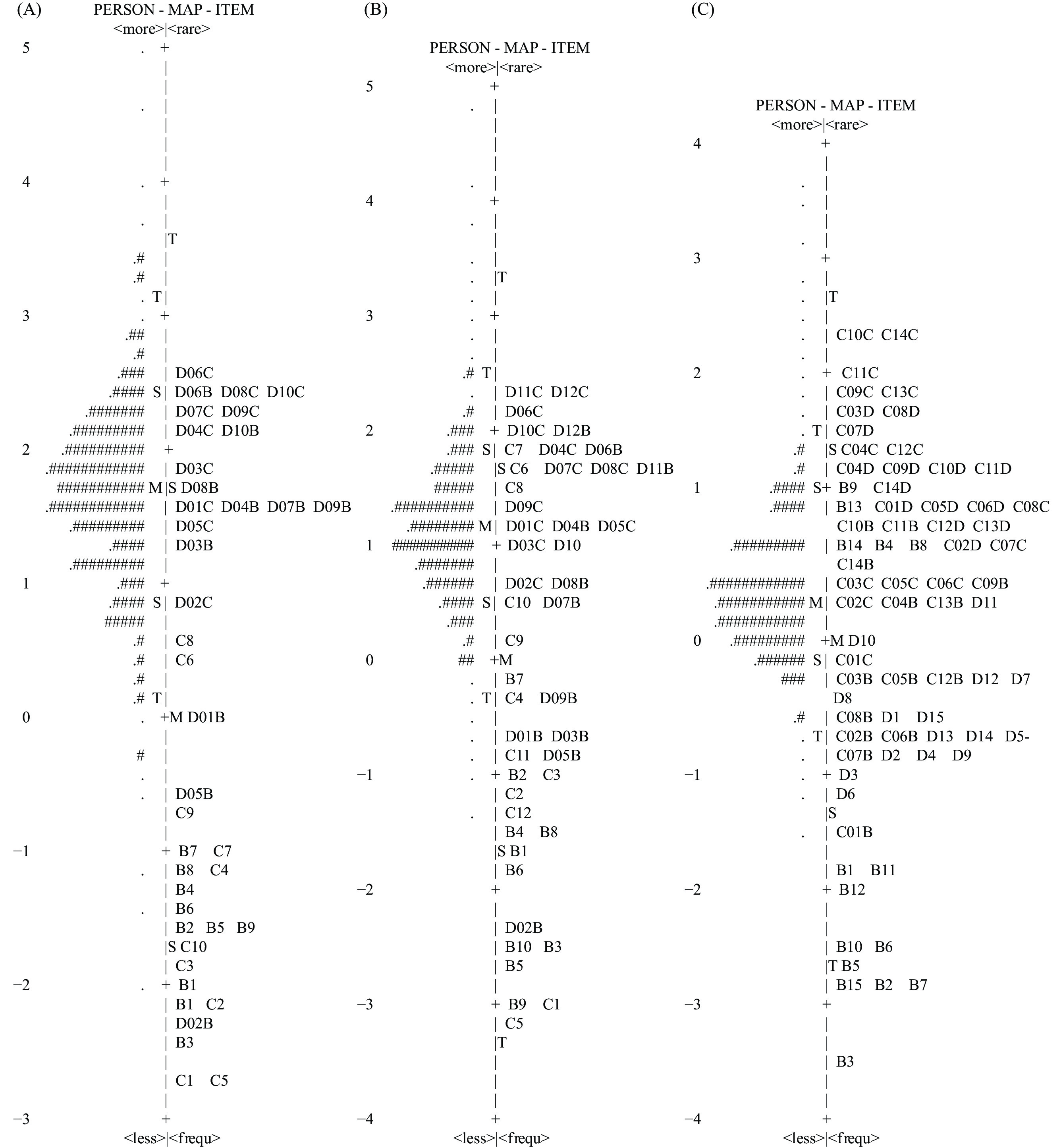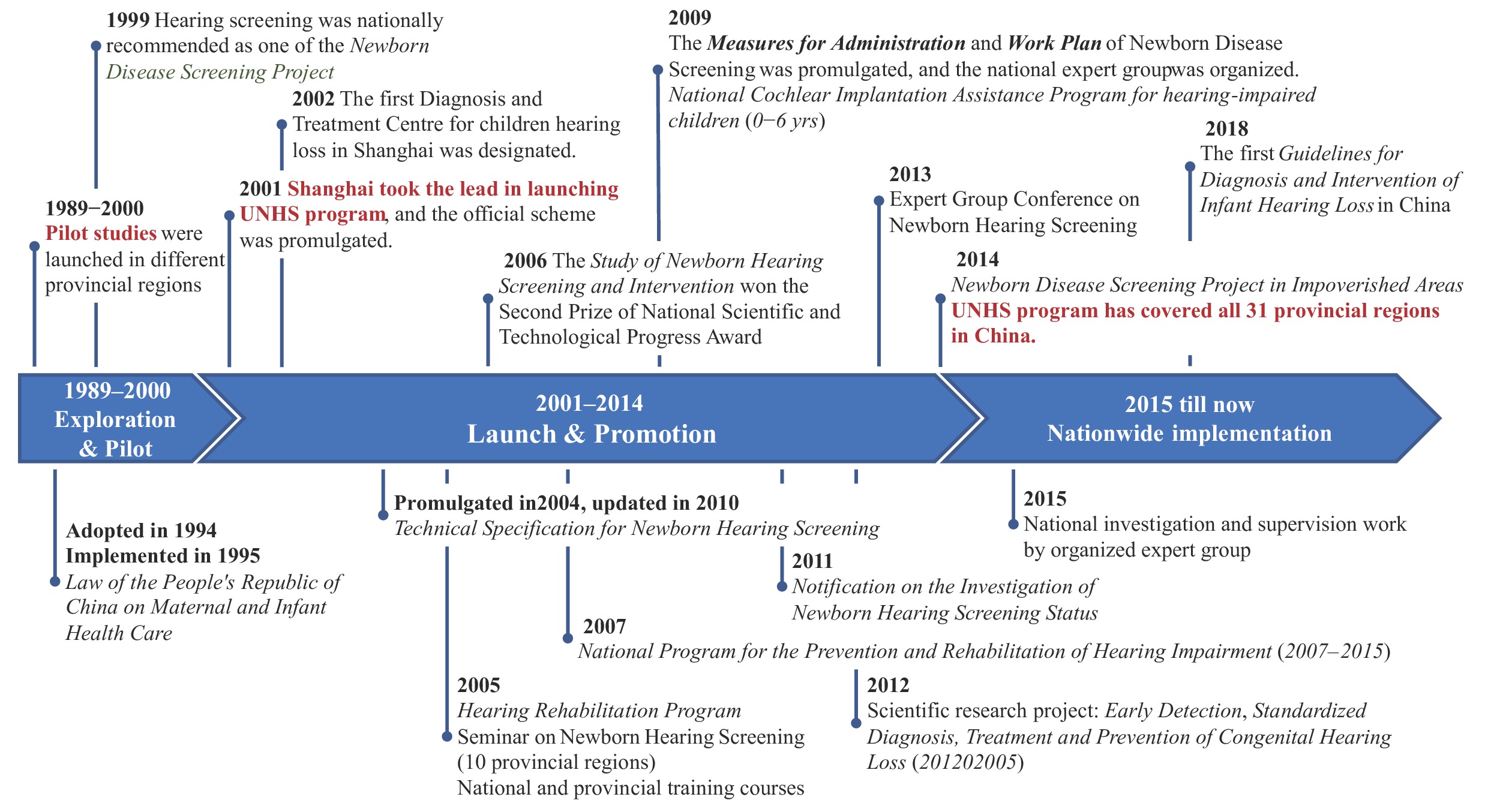2025 Vol. 7, No. 9
Between 50% and 85% of children experience at least one episode of acute otitis media (AOM) by age three. Since the coronavirus disease 2019 (COVID-19) pandemic, numerous hospitals across China have integrated telehealth solutions into their pediatric care services.
Our study found patients with ear pain relief was 84% in the telehealth follow-up group compared to 81% in the in-person follow-up group, showing no statistically significant difference (P=0.57). Hearing loss was documented in 21 cases from the telehealth group and 23 cases from the in-person follow-up group (P=0.73). Patient satisfaction scores were comparable between groups, with mean scores of 4.47 for telehealth and 4.49 for in-person follow-up (P=0.87). Multivariate regression revealed no significant difference in patient satisfaction between telehealth and in-person follow-up (P=0.21).
Telehealth services can effectively bridge geographical healthcare disparities while optimizing pediatric care delivery systems
Non-cycloplegic refraction is widely utilized in vision screening. However, interpreting non-cycloplegic refraction results remains a significant challenge in both clinical practice and public health settings. This study aimed to establish grade- and sex-specific reference values for non-cycloplegic spherical equivalent (SE) to enhance myopia screening and risk prediction among Chinese students.
A comprehensive study was conducted between 2020 and 2024, involving 67,260 students from kindergarten through high school across 10 provincial-level administrative divisions (PLADs) in China. The Lambda-Mu-Sigma method was employed to model non-cycloplegic SE. Reference values were established by calculating SE centiles corresponding to myopia and high myopia prevalence across grades 0 through 12.
Among boys, the estimated prevalence of myopia and high myopia increased from 1.2% and <0.1% in grade 0 (senior kindergarten) to 82.4% and 11.6% in grade 12 (third year of high school), respectively. For twelfth-grade boys, the 82.4th and 11.6th percentiles of SE (–0.99 D and –6.16 D) were established as reference values for screening myopia and high myopia, respectively. The corresponding percentiles in lower grades served as predictive reference values for grade 12 outcomes. For instance, a grade-0 boy with non-cycloplegic SE>0.70 D (82.4th percentile) was predicted to remain free of myopia before grade 12. Similarly, SE>–0.73 D (11.6th percentile) indicated a low likelihood of developing high myopia before grade 12.
This study established comprehensive non-cycloplegic SE reference values for screening and predicting myopia among Chinese students. The methodology developed here may be applicable to other regions where student myopia prevalence patterns demonstrate relative stability.
This study aimed to develop and validate test-based physical literacy scales (PLSs) for primary school students across different grades.
Data were collected through a field survey conducted from June 1 to July 31, 2022, involving 3,275 primary school students from four provinces in China. The questionnaires assessed four domains: physical knowledge, physical competence, physical motivation, and physical behavior. The Rasch model was employed for psychometric analysis.
The variance explained by measures for the PLSs was 53.1%, 50.3%, and 54.7%, all exceeding the 50% threshold, confirming unidimensionality and robust internal consistency. This enabled effective differentiation among students with varying proficiency levels. The item-person map demonstrated optimal alignment between item difficulty and participant ability levels. Most items showed favorable fit statistics, with Infit mean square (MNSQ) and Outfit MNSQ values ranging between 0.5 and 1.5.
The PLSs demonstrate validity and reliability in measuring physical literacy among Chinese primary school students across four components: physical knowledge, physical competence, physical motivation, and physical behavior. The scales measure a unidimensional construct, supporting the use of summed total scores for assessment.
Universal newborn hearing screening (UNHS) is recognized as the most effective strategy for early detection of congenital hearing loss; however, screening coverage remains inadequate in many countries. In China, newborn hearing screening has been implemented for over two decades. To evaluate our policies and practices during this period and assess resource equity, health impacts, and future challenges, we conducted a nationwide survey focusing on newborn hearing screening coverage, the number of special schools for deaf-mutes, and the proportion of hearing-impaired students in mainstream education. From 2001 to 2020, China’s UNHS program coverage increased from 10.9% to 94.3%, while the proportion of hearing-impaired students in mainstream education rose from 24.8% to 57.5%. Concurrently, the number of hearing-impaired students in special schools decreased from 76,554 to 34,945, and the number of special schools for deaf-mutes declined from 639 to 389. Through the implementation of the UNHS program, China has made substantial progress in improving newborn hearing health, yielding long-term benefits for those with congenital hearing loss. However, targeted resource allocation and the establishment of a national platform remain priorities for future development. Our experience may provide valuable insights for similar settings.



 Subscribe for E-mail Alerts
Subscribe for E-mail Alerts CCDC Weekly RSS Feed
CCDC Weekly RSS Feed
